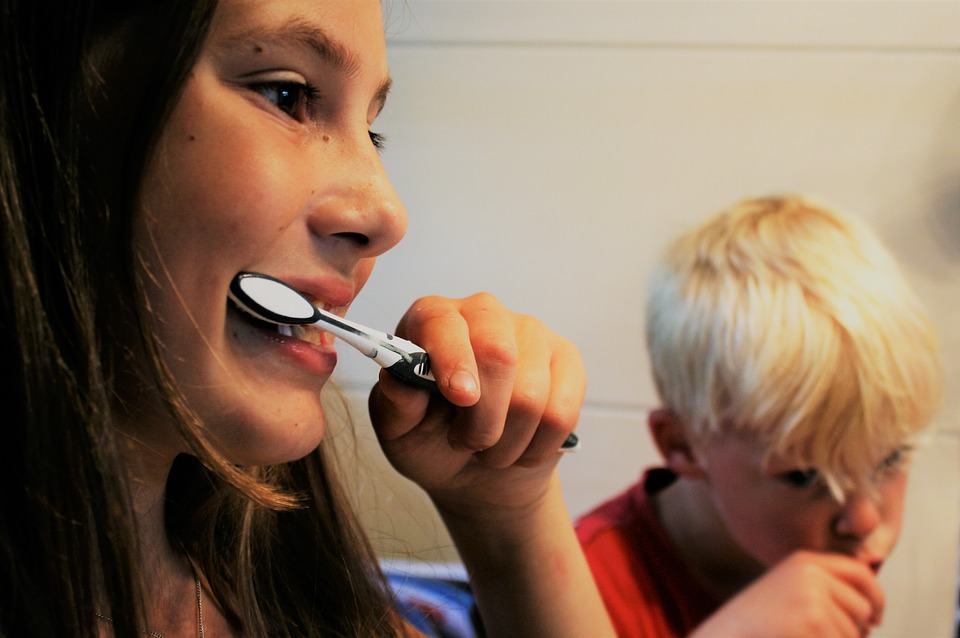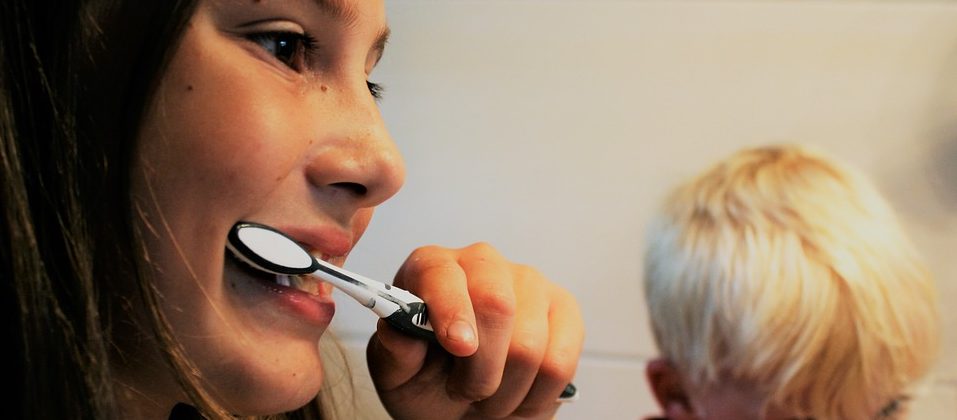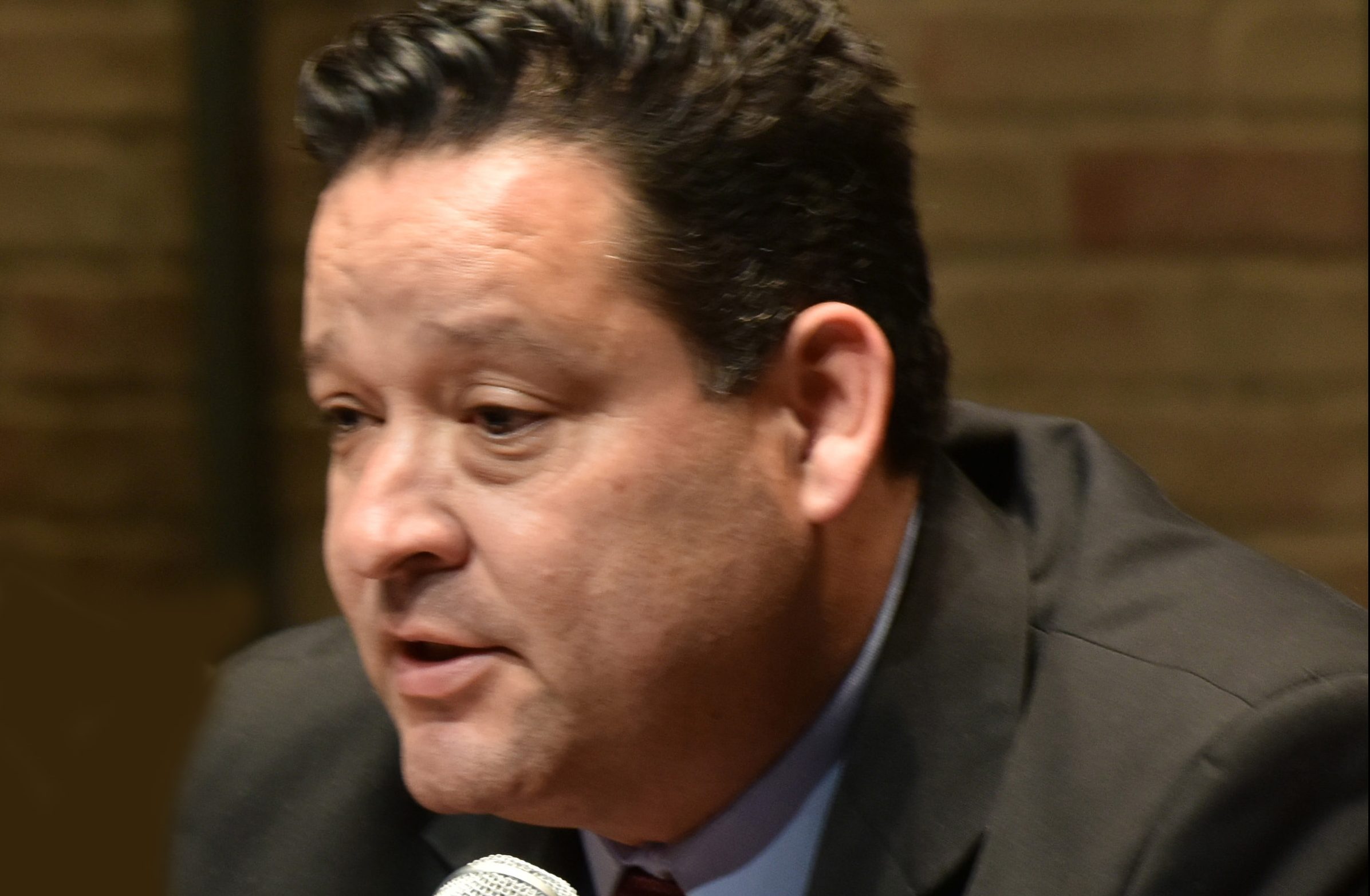
By Kenneth J. Canzoneri, DDS.
Dear Dr. KC: We have two children that are six and 10 years old. They act like their toothbrush is an instrument of torture. They tolerate a manual toothbrush—at times! My husband and I wonder if an electric toothbrush is a good idea.
– Toothbrush Challenged
Dear Toothbrush Challenged:
It can be a major power struggle to get children to brush their teeth. I have found that electric toothbrushes in the shape of Miss Piggy, cars, the Little Mermaid and many other designs can grab a child’s attention and cooperation.
The question for adults and children is which type of toothbrush is better. The American Dental Association states that both electric and manual toothbrushes are effective at removing plaque that causes decay and gum disease. A review of studies showed that after three months of use an electric toothbrush reduced plaque by 21% and gingivitis by 11%. There is some discussion that rotating toothbrushes seem to work better than just vibrating ones.
One feature of electric toothbrushes that I am absolutely sure of is that they are easier for people with limited mobility, such as people with arthritis and developmental disabilities. In my practice, I and my hygienists find that electric toothbrushes are particularly helpful in children or adults with braces. The main disadvantages of electric brushes is that they are expensive and need to be charged.
Don’t get me wrong. Manual toothbrushes have been around since wealthy Europeans in the Middle Ages used twigs made of sweet-smelling wood to clean their teeth. Manual toothbrushes are inexpensive and can be found in grocery stores, hotels and most convince stores. They are still an effective tool for cleaning your teeth and gums. For children they also have handles in the shape of Miss Piggy, cars, the Little Mermaid and other designs.
Good Luck, try them all and use whatever works.







